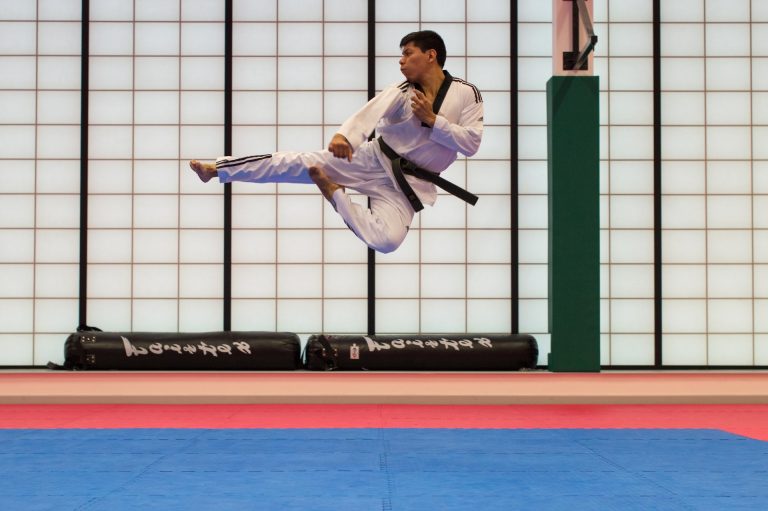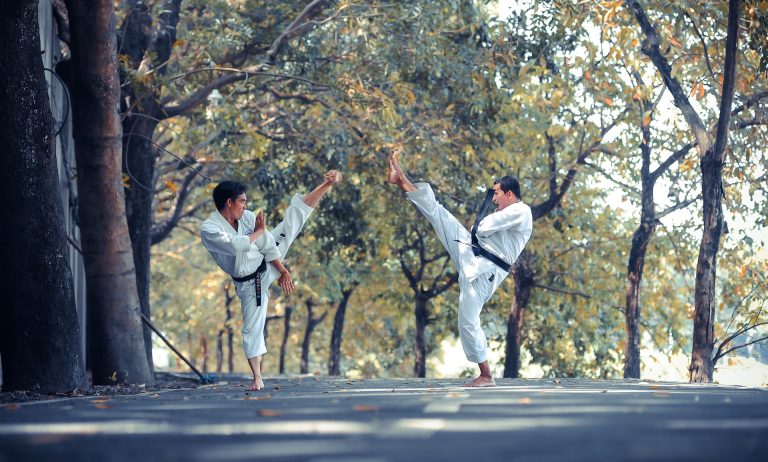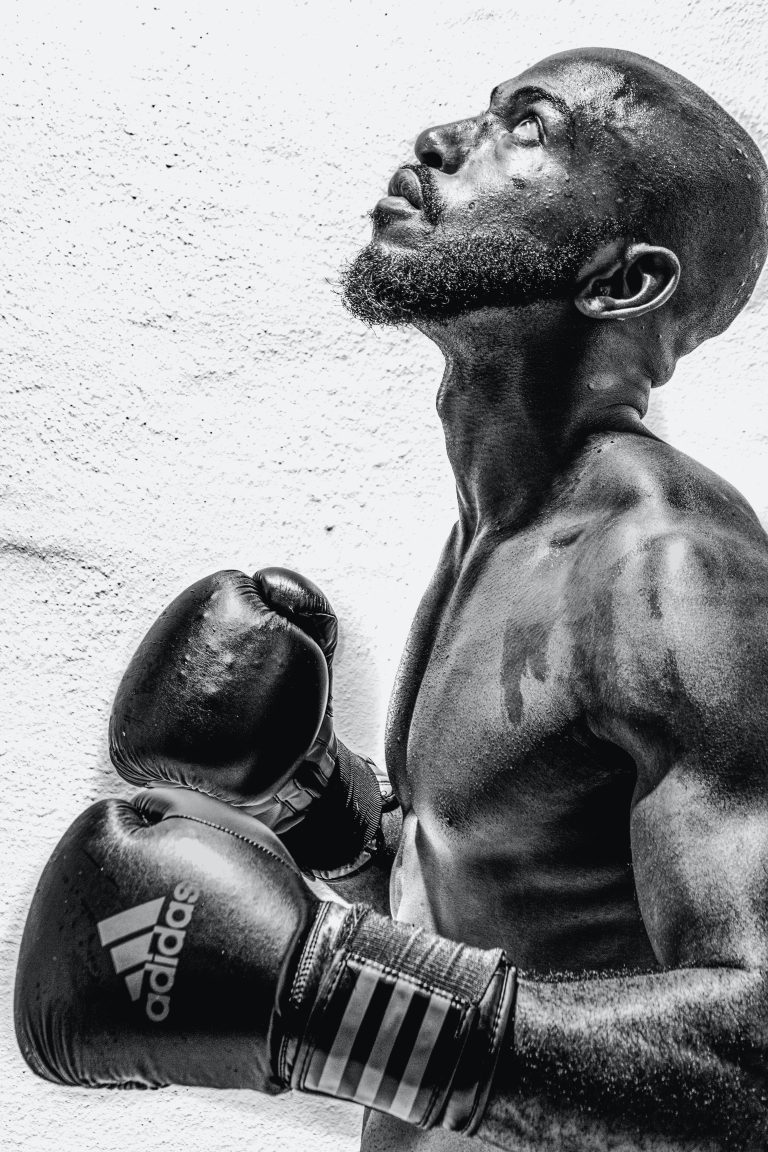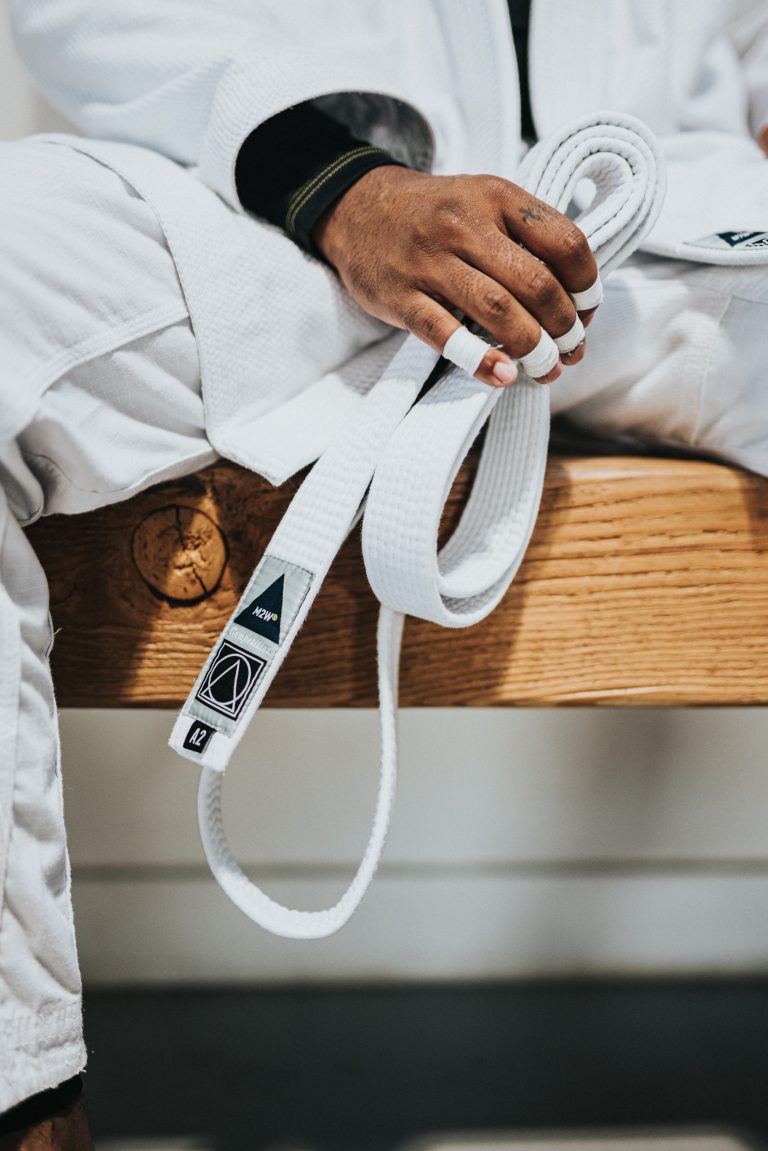Does Karate Come from India?
Karate is one of the most popular martial arts in the world, and it has a fascinating history that is still the topic of much debate today. Many people believe that karate originated in India, but is there any truth to this claim? In this blog post, we’ll take a closer look at the history of karate and explore the different theories surrounding its origins.
The Origins of Karate
To understand the origins of karate, we need to start with a brief history of Japan. During the early 17th century, Japan was ruled by the Tokugawa Shogunate, a military government that placed strict controls on the population. One of the measures they implemented was the prohibition of weapons, which meant that ordinary citizens were not allowed to carry swords or other weapons.
As a result of this prohibition, many people began to train in unarmed combat, and various martial arts styles emerged. Karate is one of these styles, and it was developed in the Ryukyu Kingdom, which is now Okinawa, a group of islands located south of mainland Japan.
It’s believed that karate was developed in the Ryukyu Kingdom in the mid-19th century, but its roots can be traced back much further. The Ryukyu Kingdom was a trading hub in the region, and it had close ties with China, Japan, and Southeast Asia. This meant that the Ryukyuans were exposed to different cultures and martial arts styles, and they incorporated these influences into their own techniques.
The Indian Connection
So, what about the theory that karate comes from India? There is some evidence to suggest that Indian martial arts may have influenced the development of karate. One of the most compelling pieces of evidence is the similarity between certain moves in karate and kalaripayattu, a martial art from Kerala, India.
Kalaripayattu is one of the oldest martial arts in the world, and it has been around for over 3,000 years. It involves a lot of grappling, throwing, and striking techniques, which are similar to some of the moves in karate. For example, the “knife hand” strike in karate is similar to the “palm strike” in kalaripayattu, and both styles use similar footwork.
Another possible link between karate and India is the influence of Buddhism. Buddhism was introduced to Japan from China in the 6th century, and it had a significant impact on Japanese culture, including martial arts. Buddhism also has strong ties to India, and it’s possible that the Indian martial arts influenced the development of karate through this connection.
The Counter Argument
Despite the similarities between certain moves in karate and kalaripayattu, many experts believe that the Indian connection is unfounded. One of the main reasons for this is the lack of historical evidence to support the theory. There are no written records or accounts that suggest a direct link between karate and India.
Another argument against the Indian connection is the fact that karate has a strong influence from Chinese martial arts, particularly kung fu. The Chinese influence on karate is well-documented, and it’s been suggested that many of the moves in karate were derived from Chinese martial arts.
The Verdict
The question of whether karate comes from India is still open to debate, and there are valid arguments on both sides. While there is some evidence to support the theory, it is not definitive, and many experts remain skeptical.
What we do know is that karate was developed in the Ryukyu Kingdom and that it has a rich history that incorporates influences from various cultures and martial arts styles. Whether or not India played a role in the development of karate, it’s clear that the martial art has had a significant impact on the world and has become an integral part of popular culture.
The Origins of Karate
Karate is a popular form of martial arts practiced worldwide. It involves a series of movements, strikes, and kicks as a way of self-defense. The roots of karate can be traced back to the Ryukyu Kingdom, which was located in present-day Okinawa, Japan. However, many people wonder if karate comes from India instead. In this article, we will explore some of the most frequently asked questions regarding the origin of karate and its connection to India.
What is Karate?
Karate is a Japanese martial art that originated in the Ryukyu Kingdom during the late 19th century. It involves a combination of strikes, kicks, and defensive techniques. Karate aims to improve an individual’s physical and mental health while providing them with a means of self-defense. Karate has since spread globally, making it one of the most popular forms of martial arts in the world.
Does Karate come from India?
This is a frequently asked question about the origin of karate. Despite the similarities between karate and other martial arts from India, there is no concrete evidence that karate came from India. The roots of karate lie in the Ryukyu Kingdom, where it developed over centuries as a form of unarmed combat.
Several martial arts from India, such as Kalaripayattu, have influenced other forms of martial arts. Kalaripayattu is a martial art from Kerala, India, that involves strikes, kicks, grappling, and weapons training. Although there are some similarities between Kalaripayattu and karate, there is no evidence to suggest that karate originated from India or that there is a direct link between the two.
How did karate originate?
Karate originated in the Ryukyu Islands, located in present-day Okinawa, Japan. The Ryukyu Kingdom was under the control of Japan during the late 19th century. The people of the Ryukyu Kingdom developed karate as a form of self-defense to protect themselves from invading forces. The roots of karate can be traced back to the indigenous martial arts of the Ryukyu Islands, which were influenced by Chinese martial arts.
Are there any Indian influences in karate?
Although there is no concrete evidence that karate originated from India, several martial arts from India have influenced martial arts globally. Kalaripayattu, for example, has influenced other forms of martial arts in Asia. Some of the movements, such as kicks and strikes, found in karate are also found in Kalaripayattu. However, it is not clear whether these similarities are coincidental or whether there is a direct link between the two martial arts.
How to Research the Origins of Karate
Karate is a popular martial art form that has gained immense popularity around the world. While it is commonly believed that it originated in Japan, some people have questioned whether it may have actually originated in India. In this guide, we will provide you with clear step-by-step instructions to research the origins of karate so that you can make an informed decision on this topic.
Step 1: Start with Reliable Sources
The first step in your research should be to consult reliable sources on the topic. Some good places to begin your research are academic journals and books written by experts in martial arts history. You can also visit reputable websites that specialize in martial arts research.
Step 2: Look for Historical Evidence
Once you have identified reliable sources, you should look for historical evidence that can help you answer the question of whether karate originated in India. This may include ancient texts, archaeological evidence, and oral traditions that have been passed down through generations.
Step 3: Examine Historical Context
In addition to examining historical evidence, it is also important to consider the historical context in which karate was developed. For example, you may want to look at the cultural and societal factors that influenced the development of martial arts in both India and Japan.
Step 4: Consider Language and Terminology
Another important factor to consider is the language and terminology used in the historical sources. For example, if you find evidence of karate-like martial arts in ancient Indian texts, you should examine what terms were used to describe these practices and how they compare to the Japanese terminology used for karate.
Step 5: Analyze and Evaluate Your Findings
Once you have gathered all of your research, it is important to analyze and evaluate your findings. Consider the historical evidence, context, and terminology to determine whether there is a strong case for karate originating in India or whether the evidence points more strongly towards its Japanese origins.
Step 6: Draw Conclusions and Share Your Research
Finally, once you have analyzed all of your research and reached a conclusion, it is important to share your findings with others in the martial arts community. You can do this by publishing your research in an academic journal, sharing it through social media, or presenting it at martial arts conferences.
Conclusion
Researching the origins of karate can be a fascinating journey that can help you better understand the history and evolution of this popular martial arts form. By following these steps to research the topic, you can gain a deeper appreciation for the cultures and traditions that have contributed to the development of martial arts around the world.
Inhaltsverzeichnis






